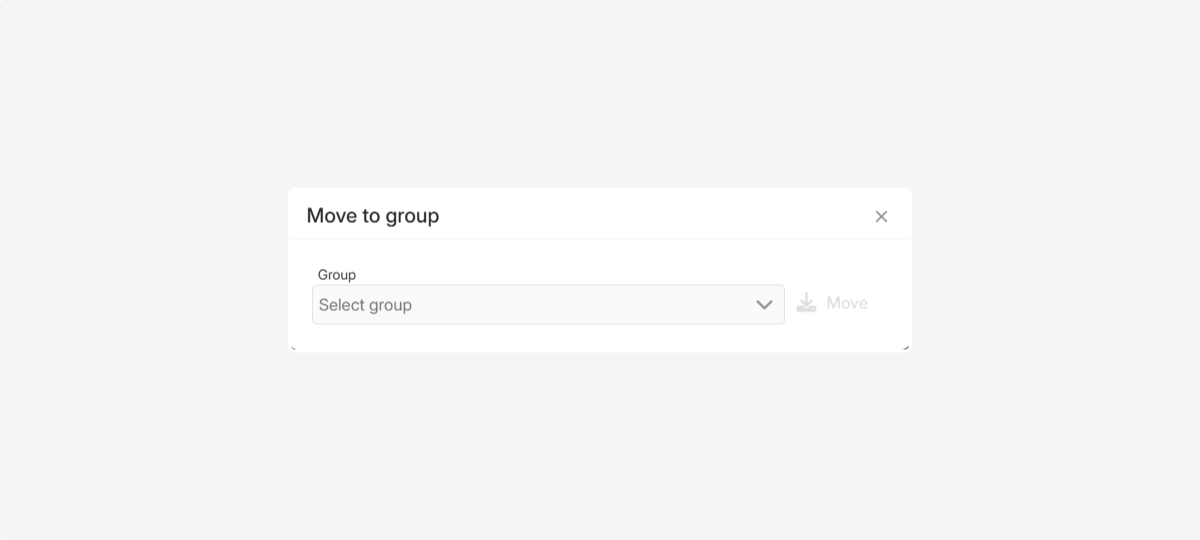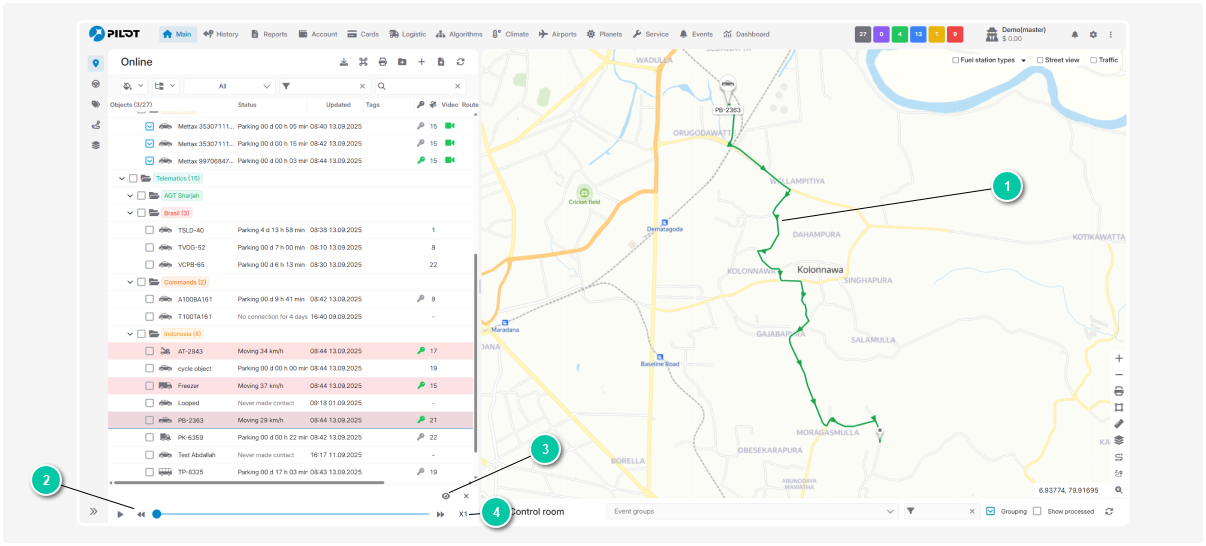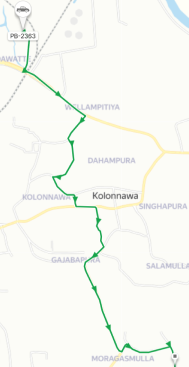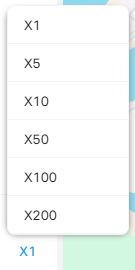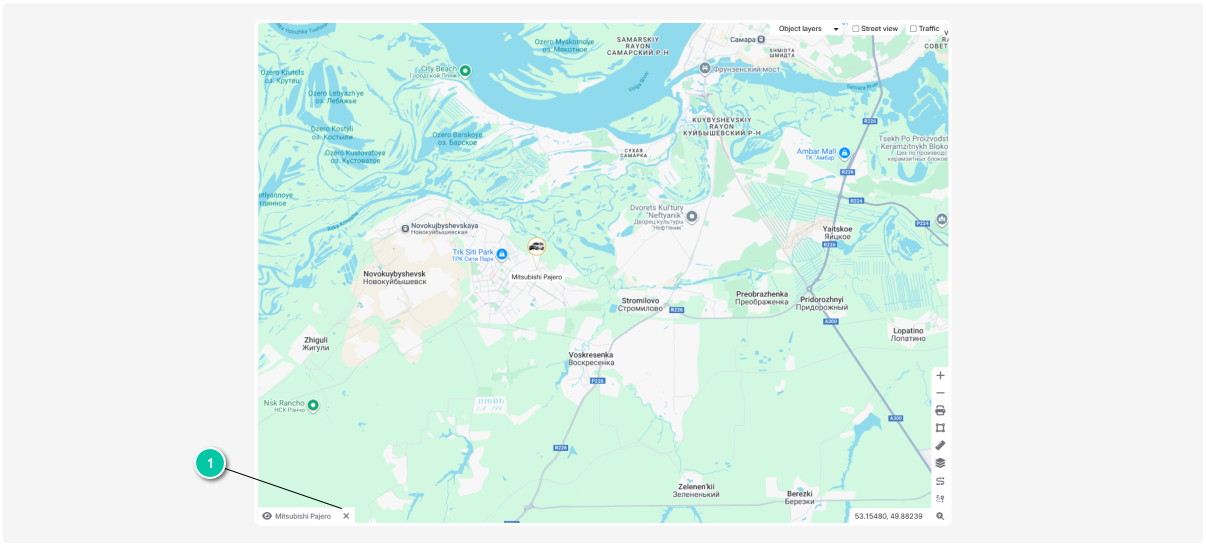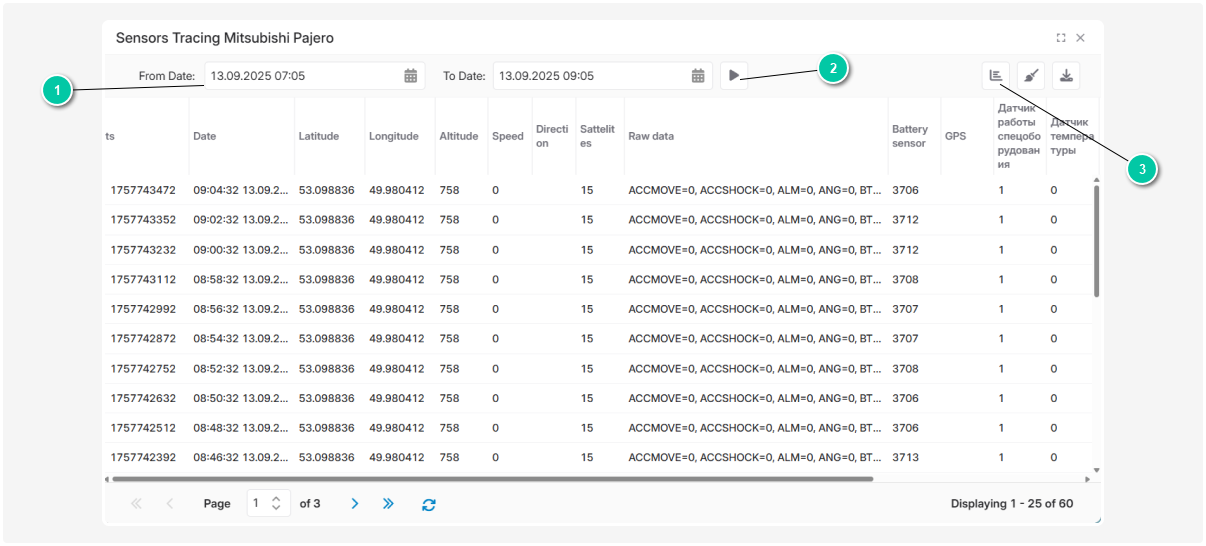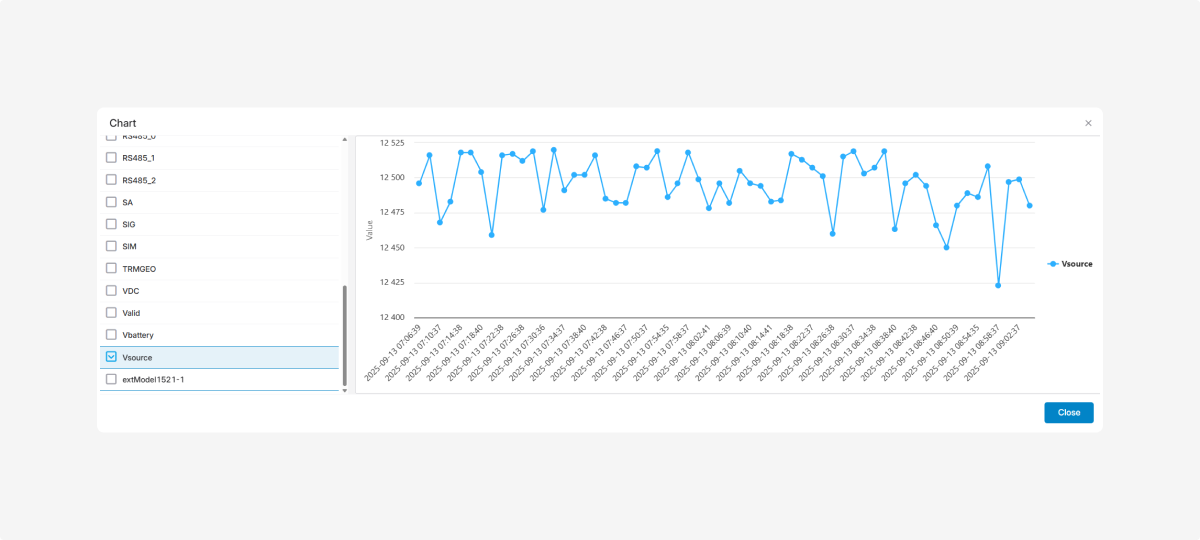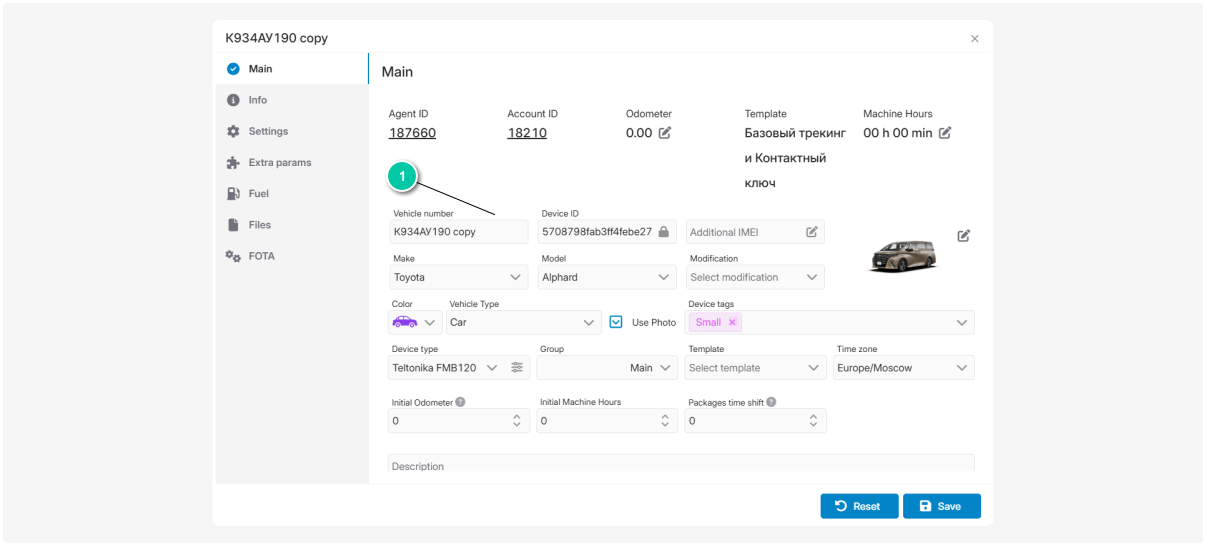Object menu
The Object menu is a list of available actions you can perform with a selected object.
To open the object menu, right-click on the object in the object list.
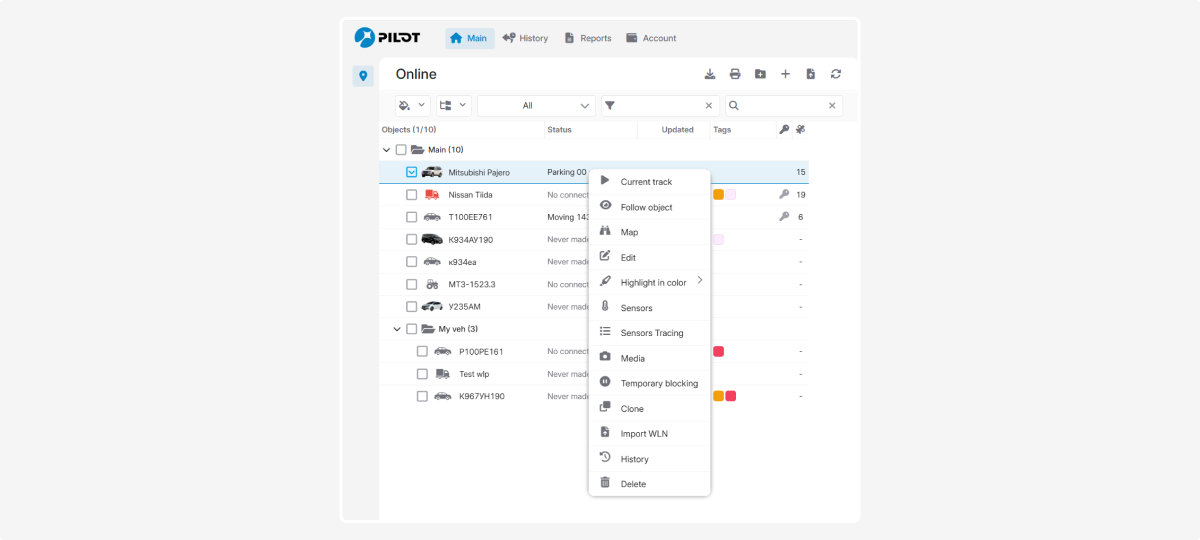
The set of available actions depends on the modules included in your contract.
|
Below are the main actions you can perform with an object via the menu.
Current track
The Current Track shows where the object is now and how it has been moving recently. You will see its current location and route on the map.
Follow object
Click Follow object to view its live location on the map.
Clicking the object icon shows a tooltip with its details.
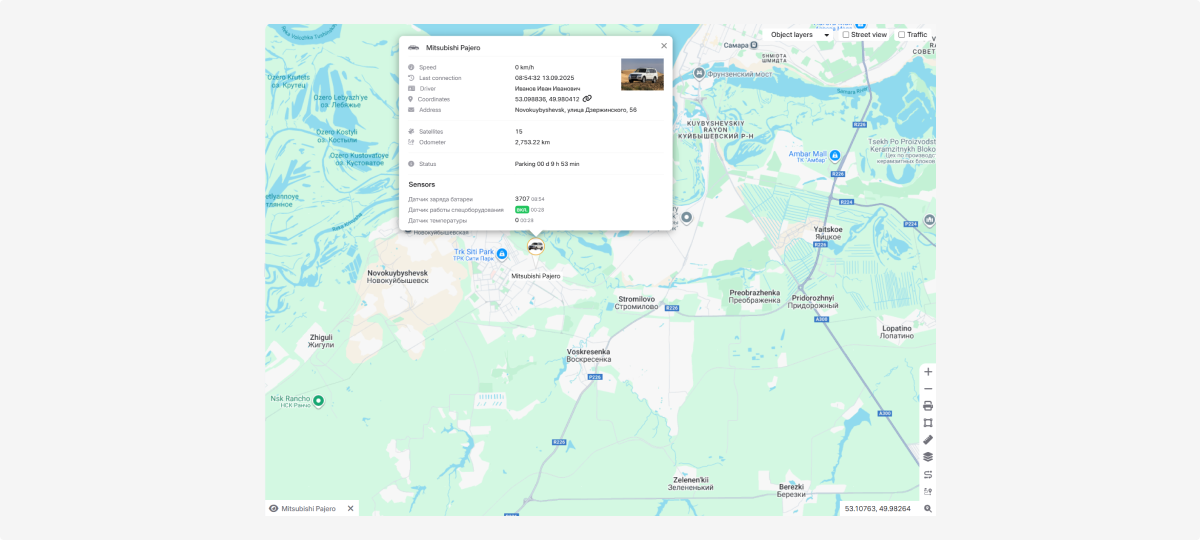
Map
The Map tool lets you view objects in detail.
A mini-map window will open, which you can resize and move anywhere on the screen.
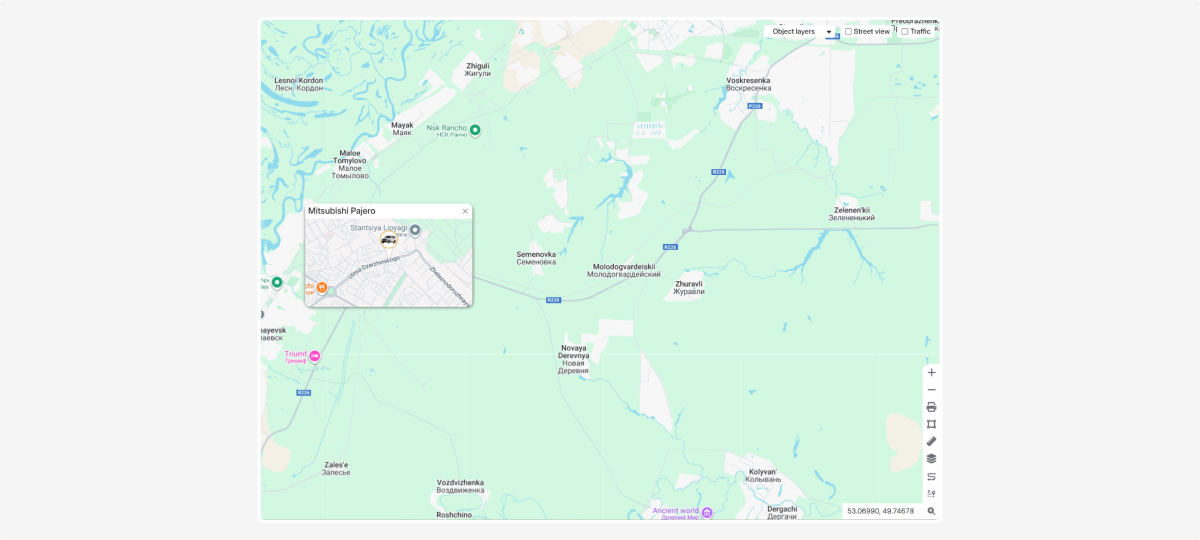
You can also view several objects one by one: select multiple objects in the list, and each will be shown in detail one after another. This way, all selected objects remain visible.
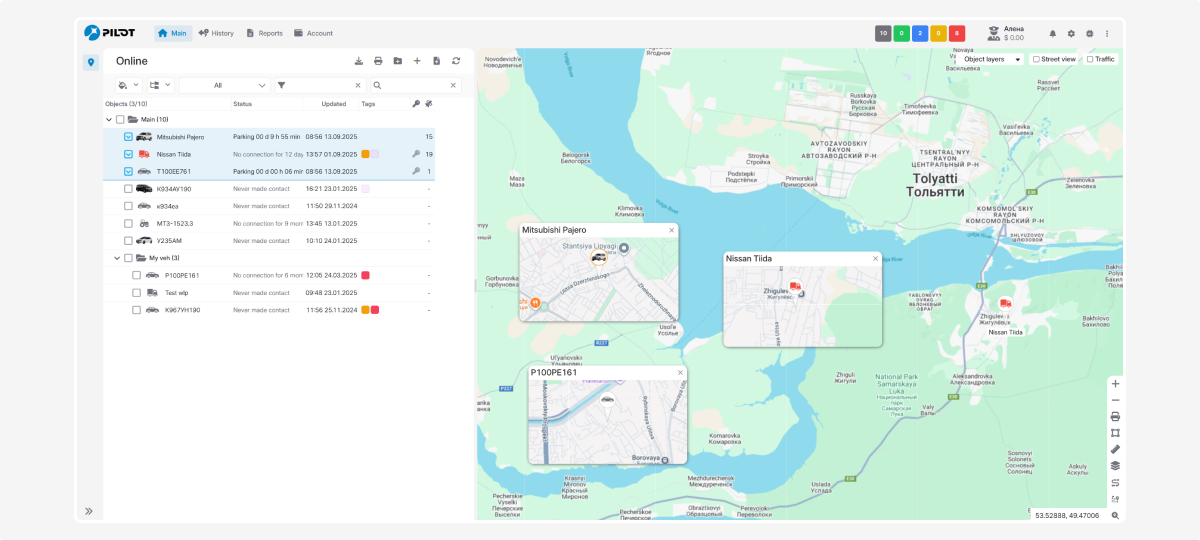
Edit
To edit object details, select Edit. The object card will open, allowing you to make changes.
Double-click the object in the list to quickly open its card for editing.
Highlight with color
Use this feature to quickly mark important objects in the list for easy recognition.
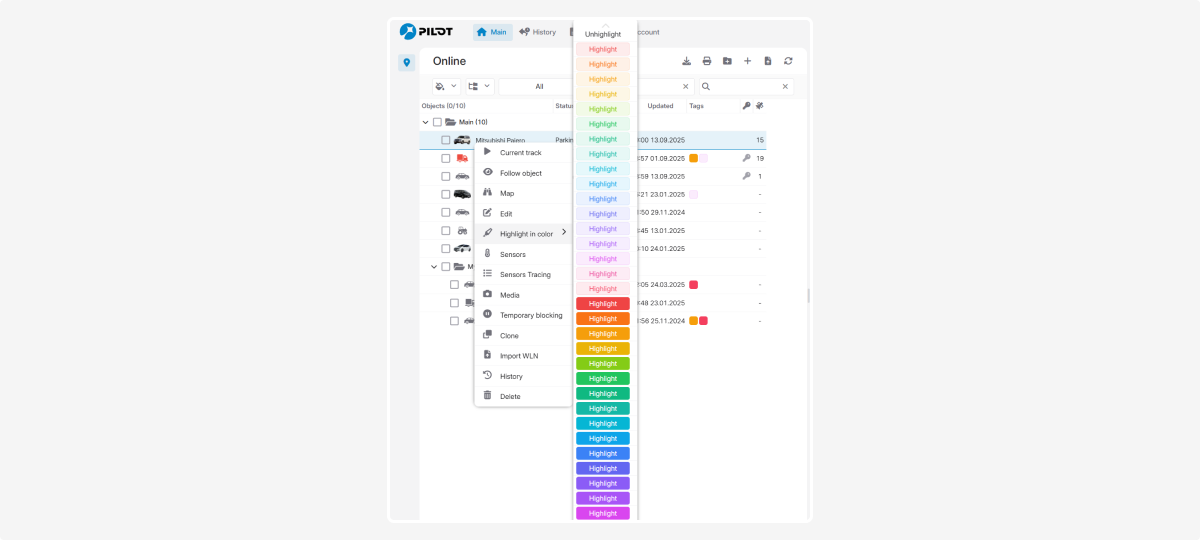
Sensors
Clicking this menu option opens the Sensor settings window. Here, you can add and configure object sensors.
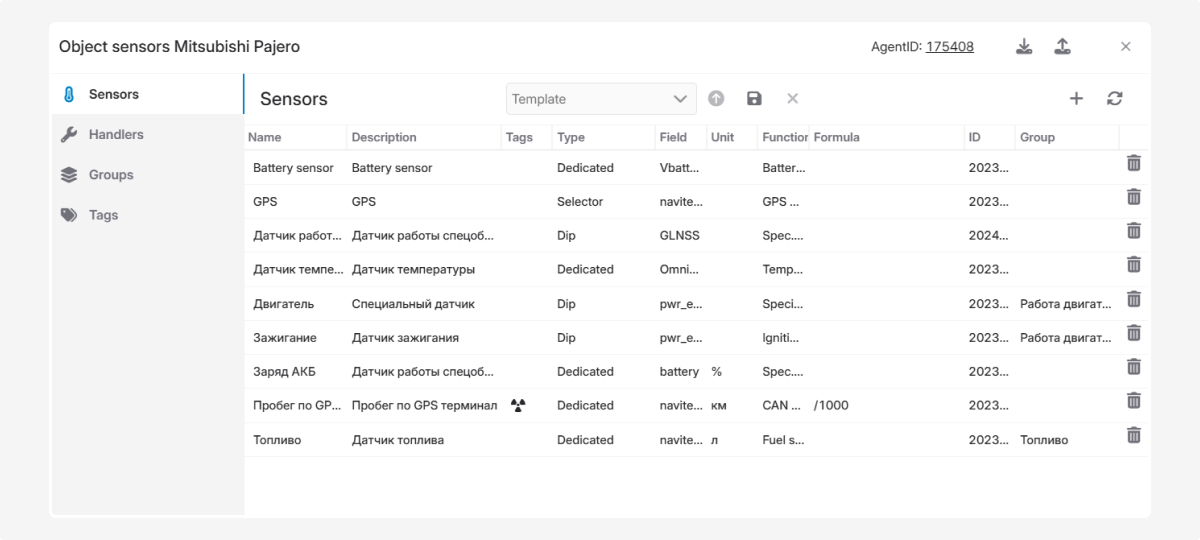
The Sensors tracing
section shows raw data collected by the device sensors in real time.
Raw data include:
-
Exact time of data reception
-
Location — latitude, longitude, altitude
-
Speed
-
Direction
-
Number of satellites
-
Readings from additional sensors (temperature, fuel level, battery charge, pressure, etc.)
You can view object data in a table or on a chart.
To download raw data, click  .
.
Temporary blocking
Temporary blocking suspends an object in the system.
When the equipment is not in use (for example, in winter), you can stop collecting data and paying for a subscription.
This is especially useful for seasonal equipment that only works for part of the year.
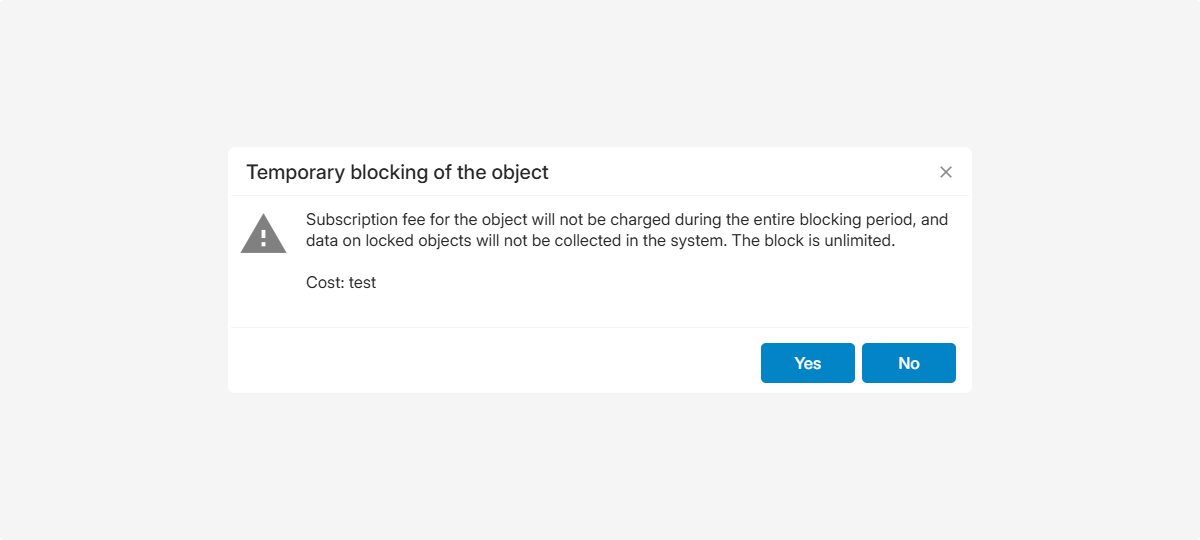
Clone
If you have similar objects with minor differences, use cloning to quickly create a copy.
The system will automatically duplicate all settings.
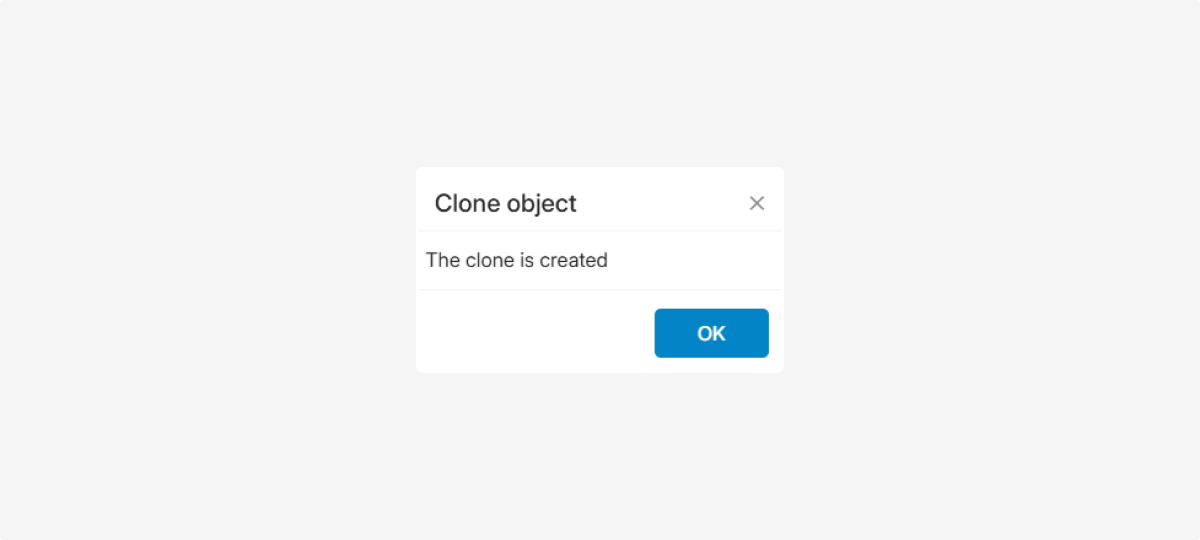
You only need to:
-
Enter a new object name
-
Specify a new unique device identifier
Import WLN
This function transfers objects from the Wialon system to PILOT.
See the dedicated article for instructions.
History
Click History to open the History section, where you can view all previous moves and changes in the object's status.
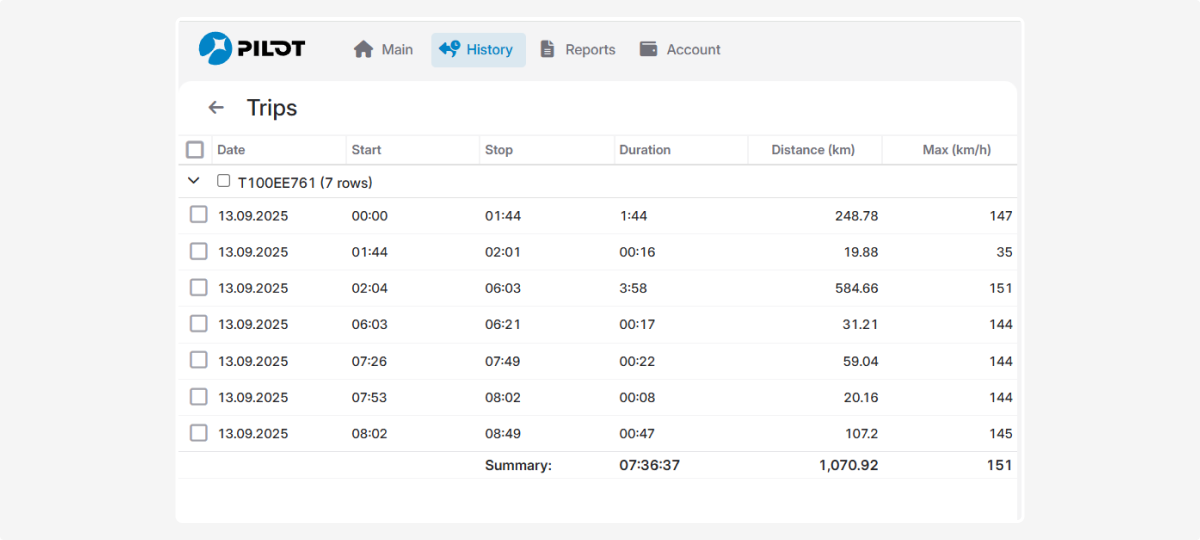
Delete an object
Deleting an object deletes all its data and history.
If you need to restore information, contact your system administrator.
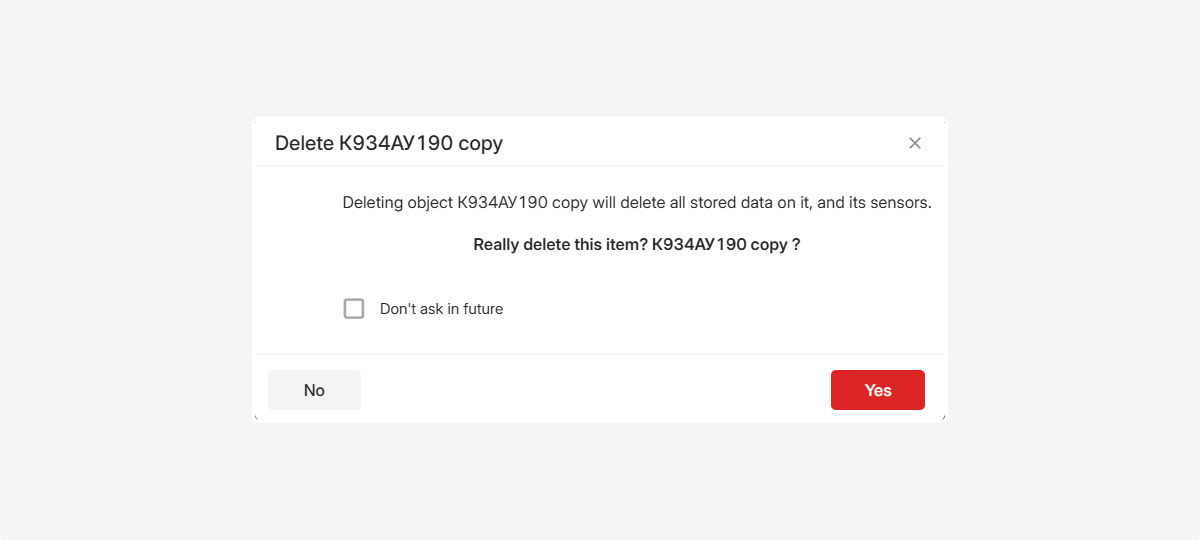
Multiple object menu
-
In the list of objects, select multiple objects by holding down the Ctrl key on your keyboard.
2. Right-click on the selected objects to open the multi-object menu.
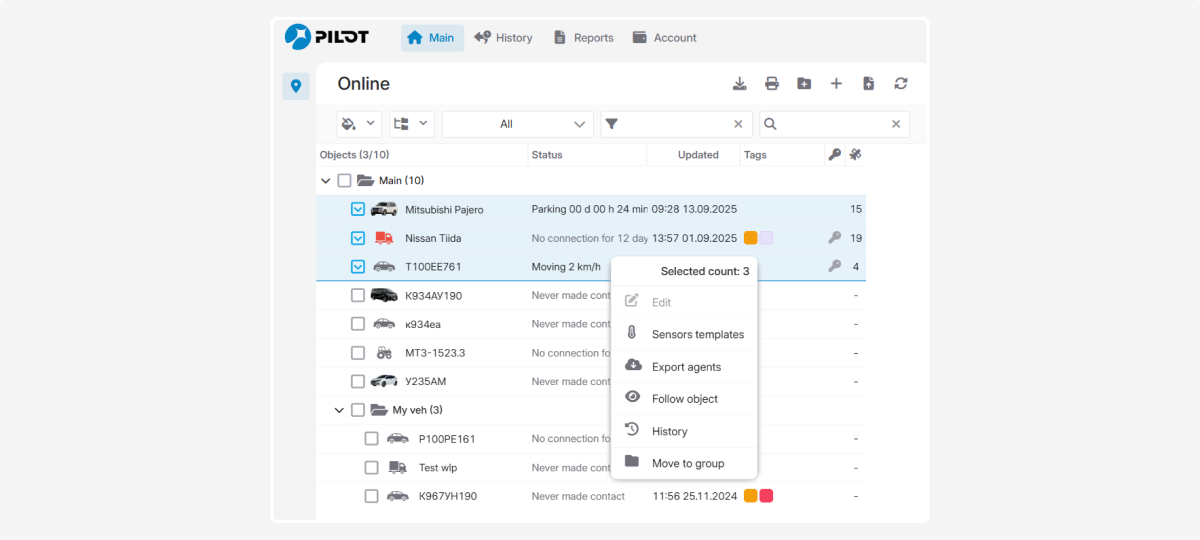
Edit
The Edit button is only active if all selected objects have the same device type.
This allows you to configure settings for several objects at once.
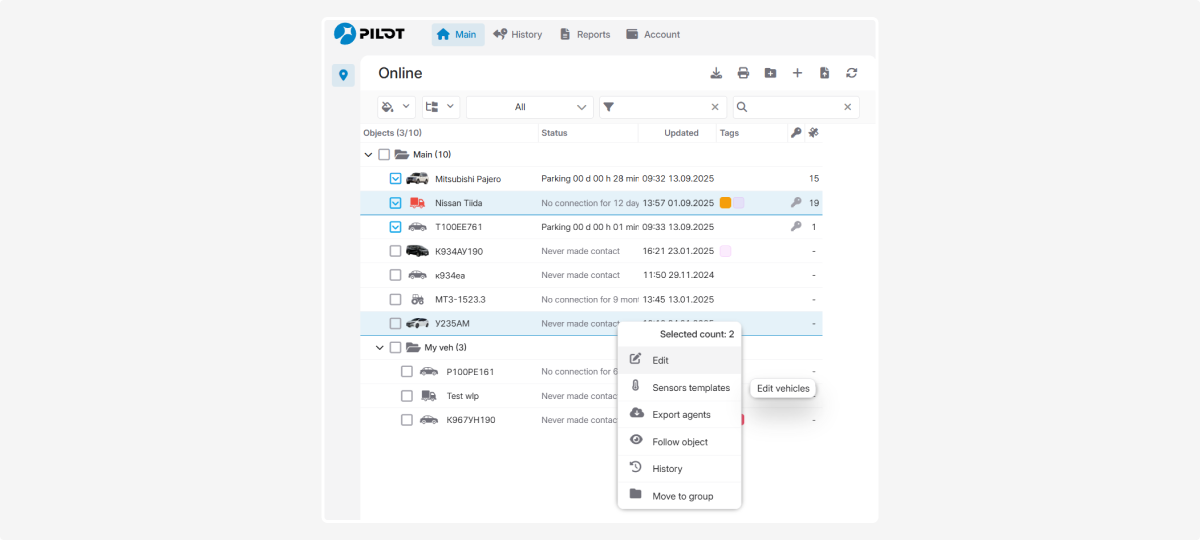
Select objects with the same device type for group editing.
|
Clicking Edit will open a window with settings for the selected objects. In this window, you can simultaneously configure the parameters for all selected objects at once.
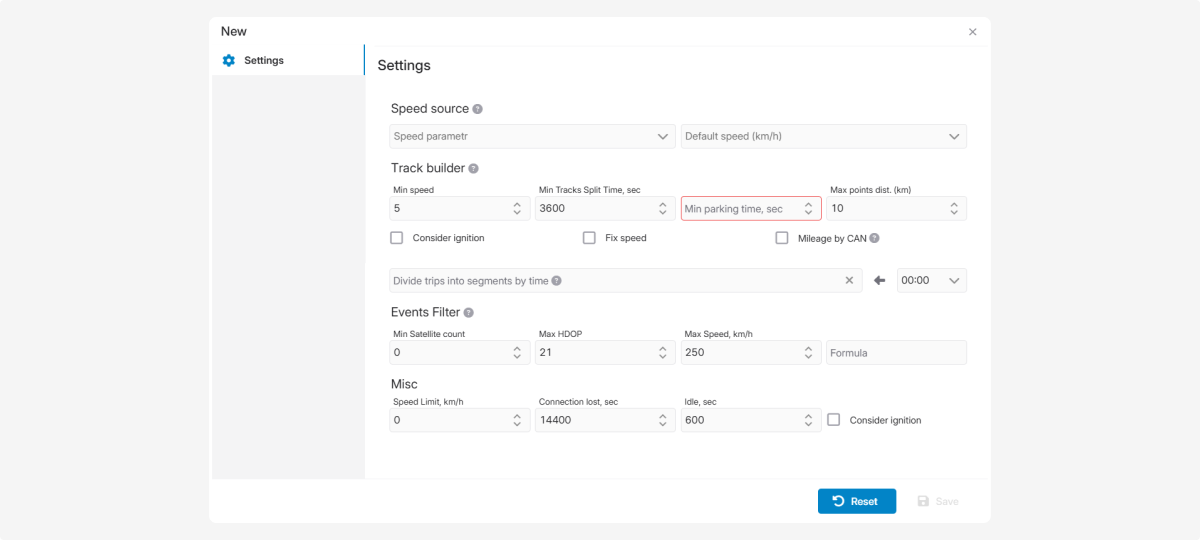
Sensor templates
The Sensor templates button opens preconfigured sensor settings.
When you apply a template, the parameters will automatically appear in each selected object.
Templates can only be applied to objects with devices of the same type.
|
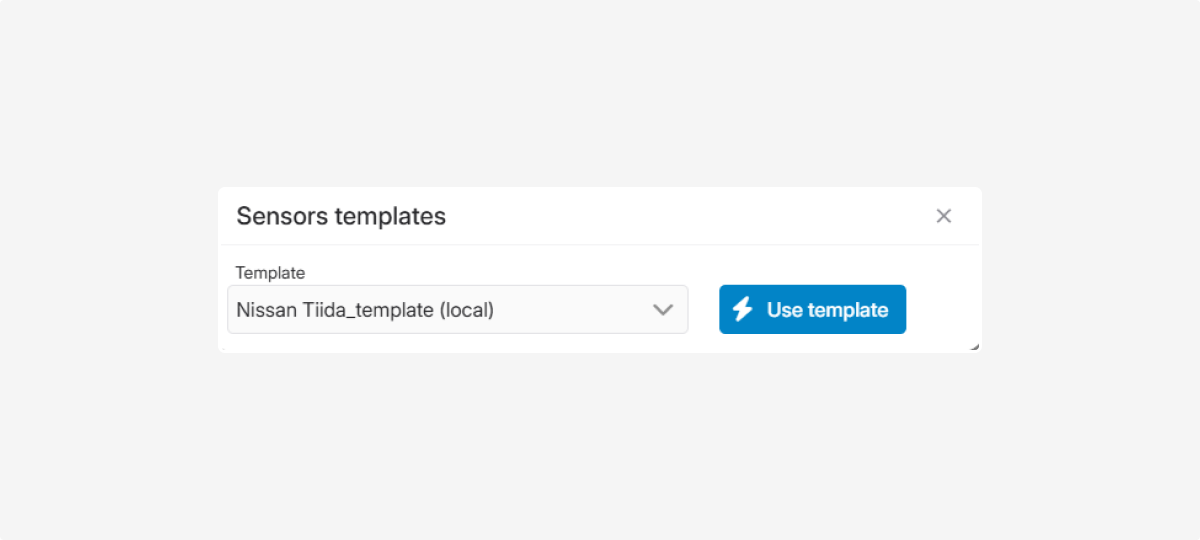
Export agents
The Export agents function saves information about the selected objects into a JSON file.
The file contains details about the vehicle, device, and sensors.
Follow objects
Click Follow objects to see the live location of all selected objects on the map.
History
Click History to open the History section and view past movements and statuses of the selected objects.
Move to group
This function moves selected objects into a group.
In the Move to Group window, choose the group and click Move.
For details on creating and managing object groups, see the next article.
